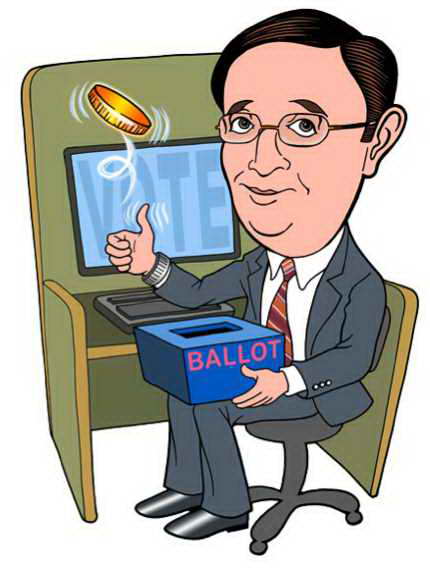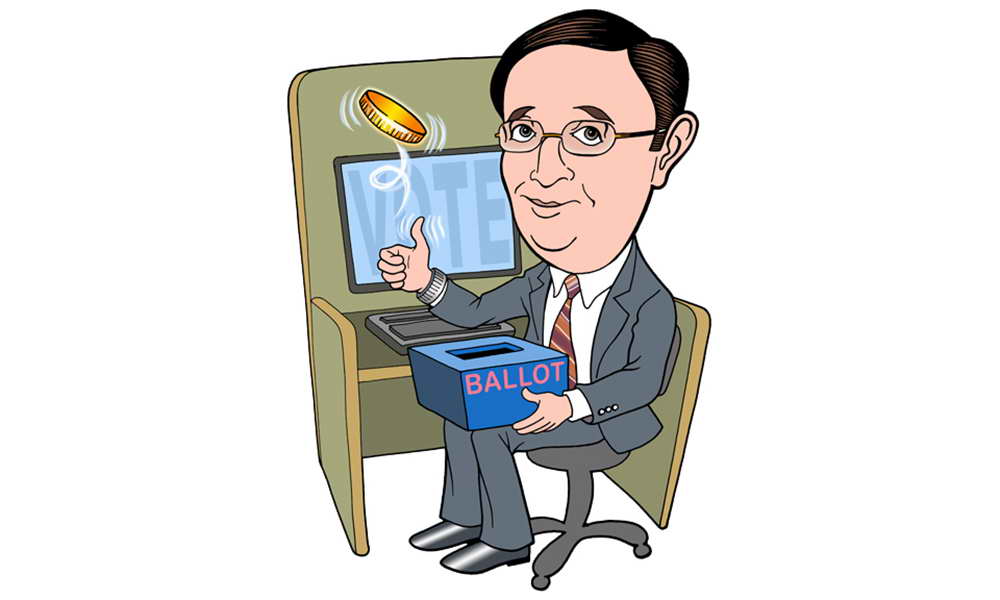By Dr. Lee M. Miringoff
Registered voters early. Likely voters later. Public polls serve their audience well by capturing the views of the electorate at an appropriate time and communicate precisely what group of voters they are including in their tabulations.
 Early in a contest, before voters have focused on the candidates or the race, maybe even before they even know a seat is being contested later that fall, The Marist Poll, along with its NBC News partner offers a preliminary look at voters and candidates. This is when registered voters, the entire potential electorate, is measured. It is the only group of voters whose views can be legitimately assessed this early.
Early in a contest, before voters have focused on the candidates or the race, maybe even before they even know a seat is being contested later that fall, The Marist Poll, along with its NBC News partner offers a preliminary look at voters and candidates. This is when registered voters, the entire potential electorate, is measured. It is the only group of voters whose views can be legitimately assessed this early.
It would be simpler to report the preferences of likely voters six months out from an election, and trend those numbers as Election Day approaches, but simpler doesn’t make it possible or right. In fact, to designate an individual who is likely to vote far away from an election would be misleading. It is hard enough identifying a pool of likely voters close to an election. Doing so long in advance is a misuse of public poll technology and data.
Why not model early poll results to a previous general election turnout? Again, let’s not get ahead of our skis here. It would make matters easier if history repeated itself when it comes to the composition of an electorate. But, the future is not always as we remember it. Demography changes from election to election, as does the interest level of different groups of voters, and the ability of campaigns to turn out their supporters. Campaigns and candidates matter, as does the changing demographic landscape on which these battles are waged. Without these important factors considered close to Election Day, you easily can end up with public polls predicting a President Romney.
As for the growing interest in predicting elections without poll data, good luck to you! The more successful forecasting models will include rigorous, scientific public polls in their equation to capture the unique dynamics of each election cycle. Why are the early forecasting models of who will win the majority of the U.S. Senate all over the place… ranging from around a 40% chance of the Republicans gaining control to roughly a 75% “probability”? It’s a long way to Election Day and some models are adjusting for early public polls, others are not. More on this in a subsequent discussion.
So, why bother with early public polls? There are several solid reasons. First, the candidates are conducting their private surveys to base campaign strategy or to offer early spin on a contest. An independent source of poll data, available to journalists and the public, is a useful guide in understanding how competitive a race is. Second, follow-up polls provide insights into how a contest is trending. No harm there, as long as you are comparing apples to apples… registered voters to registered voters and later, likely voters to likely voters.
Are early polls of registered voters predictive of the eventual election result? Of course, not. That’s why there are campaigns. But, that is not what we are tasking with these early measurements. The segment of the electorate, if carefully measured and communicated accurately, can be helpful in assessing campaign politics, especially given the earlier start to campaigns. 2014? Not just the mid-term elections, but 2016 is now already in view. The farsighted analysts will, no doubt, be shortly speculating about 2020, the election that will require perfect vision no doubt.

